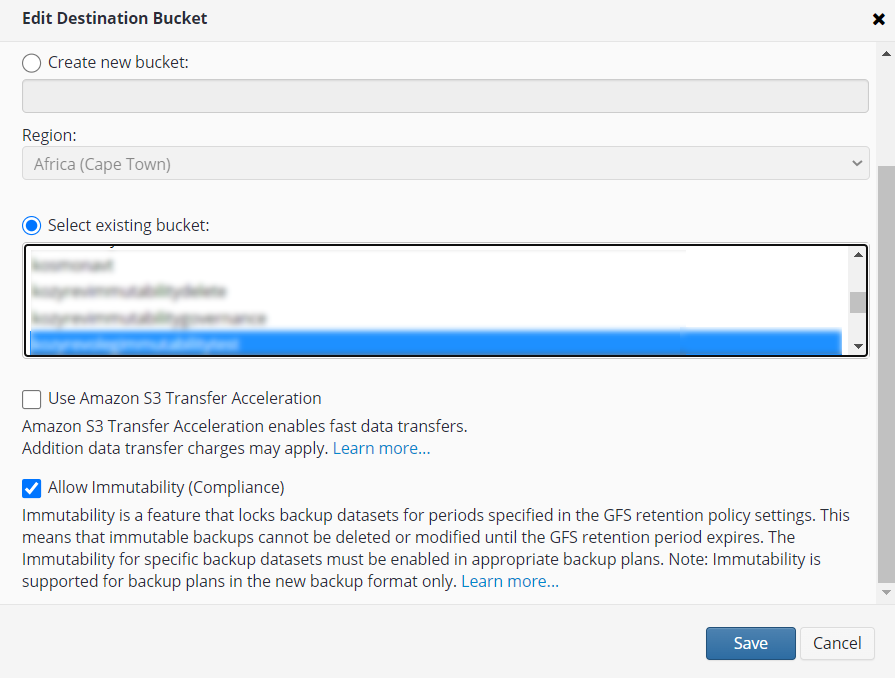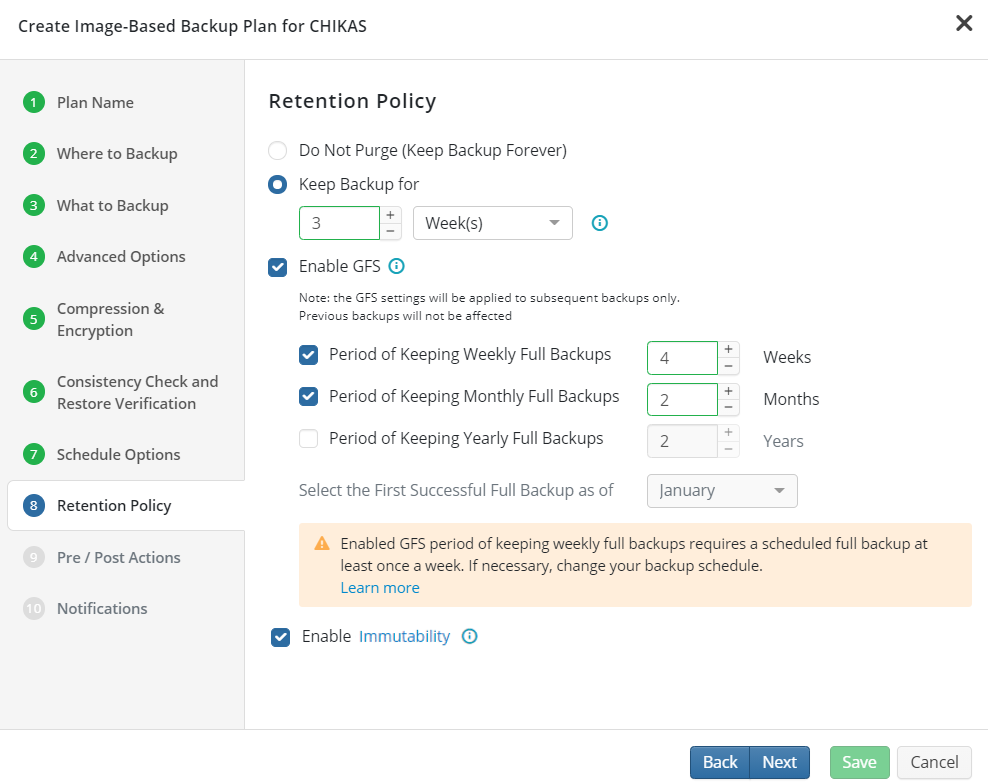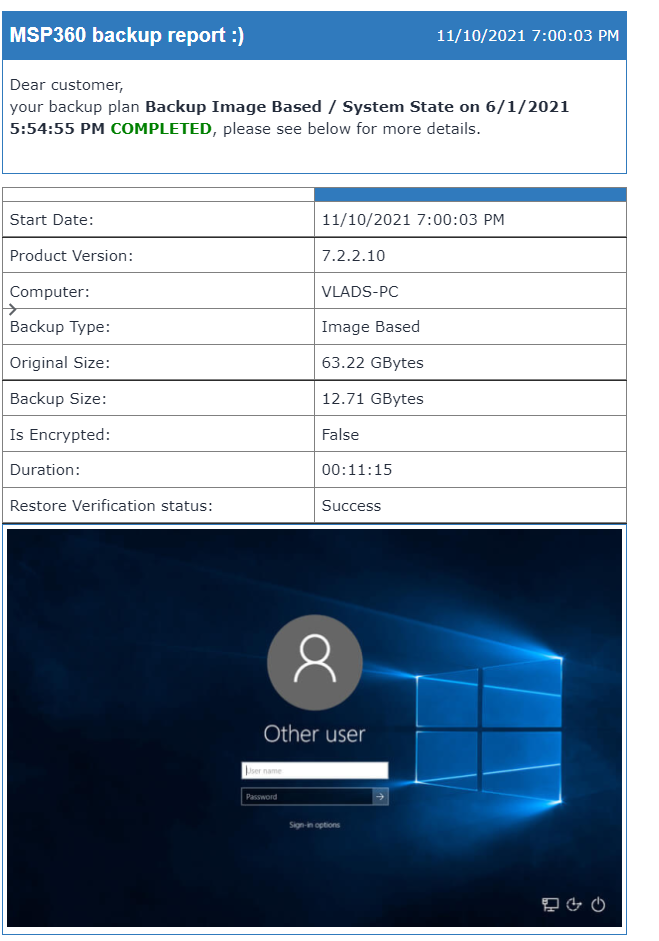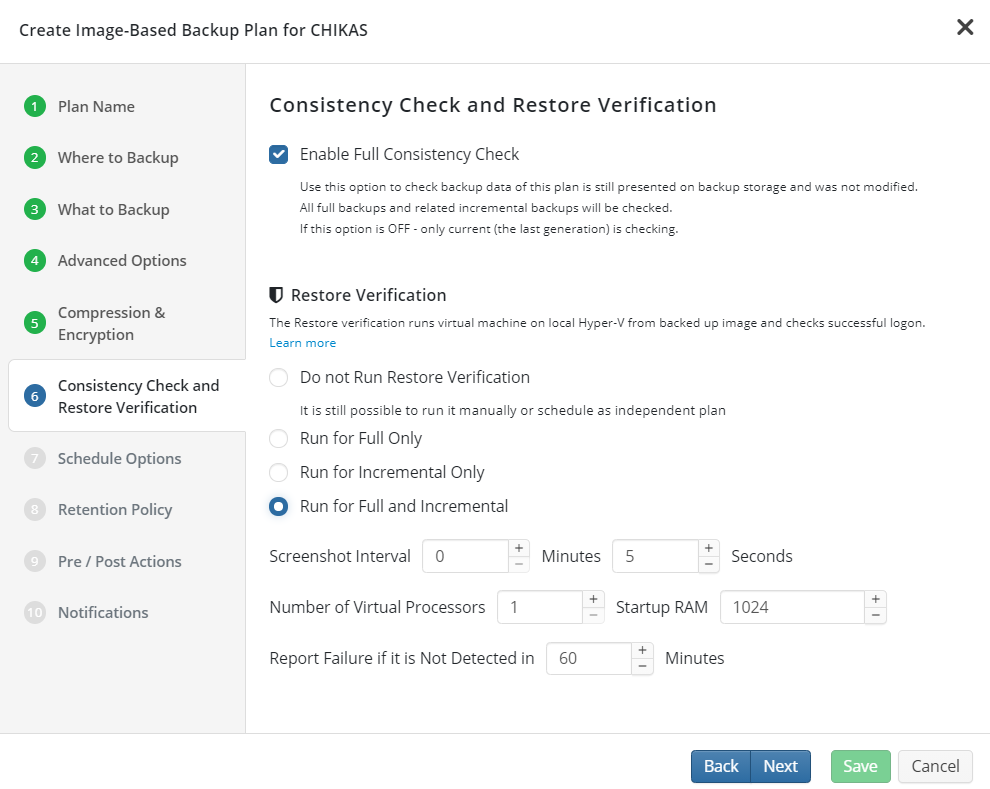We are happy to announce that MSP360 Managed Backup 5.3 is out! With this release, we introduce awesome new features, including Immutability and an update to Restore Verification.
Bullet-proof Ransomware Protection with Immutability
The Immutability feature in MSP360 Managed Backup prevents data from being modified or deleted within a period defined in GFS retention settings. It enhances security, protects data integrity and ensures compliance requirements.
Immutability Retention Modes
Generally, there are two retention modes for Immutability:
- Governance mode. In this mode, users must obtain special permissions to modify or delete data. Objects in storage are protected against being deleted, but you can still delete them in the AWS console.
- Compliance mode. In compliance mode, a protected object version can't be overwritten or deleted by any user, including the root user in your AWS account.
How to Enable Immutability in MSP360 Managed Backup
To enable Immutability, go to the Storage tab, Storage Accounts section, and select the storage account you need or create a new one. Click the gear icon and select View Backup Destinations. Create a new destination or proceed to editing one of the existing destinations. Then, tick the Allow Immutability box and press Save once you’re done. Please note if this option is not enabled for the required destination, it won’t be available for configuration in backup plans.
Please note that Immutability is available for S3 storage only for now

To enable Immutability in the Remote Management section, find the required endpoint, select the backup plan or create a new one and proceed to the Retention Policy step. Tick the Enable GFS box first, specify the retention settings and tick the Enable Immutability box.

Restore Verification with Desktop Screenshots
In 5.2 we introduced the long-awaited Restore Verification feature. The way it works is right after your image-based backup is complete, MSP360 Managed Backup recovers the data just enough for a quick launch. Then it builds a Hyper-V virtual machine, mounts it, and boots up the system and takes a desktop screenshot on startup.
With 5.3 we are adding that screenshot to the email report with backup status details to further help you make sure your backups are 100% recoverable.

How Restore Verification Works in MSP360 Managed Backup
To enable and configure Restore Verification, proceed to the Consistency Check and Restore Verification step in the image-based backup plan wizard. Choose whether you want to run restore verification manually, run it for full or incremental backups only or for both backup types.

Please note that the restore verification feature is disabled for long-term storage classes due to extended data retrieval (4 hours and more).
Conclusion
Thanks for reading, and don't hesitate to ask questions in the comments below or leave your feedback via our forum to help us with further product improvement.




